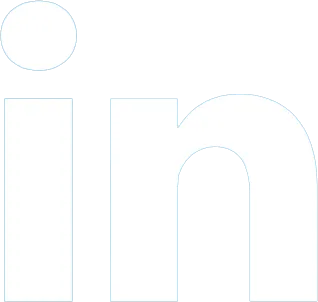Want to be coached by Steve? - Click here to find out more
Supercharge your property investing with a free online course built by Steve
Want to join Steve's Programme? - Book a call here!
Want to join Steve's Programme? -
Book a call here!

Here’s what you should think about if you want to break your fixed-term loan
OPINION: It’s a good time to take a look at the cost of your funding.
Over the past year, Kiwis have seen interest rates drop like a rock. Then Reserve Bank cut the official cash rate to 0.25 per cent – of which almost all has been passed to homeowners.
You might be wondering whether it’s worth breaking the term of your current fixed home loans to take advantage of these new, lower offers.
If you have lending of, say, $670,000 fixed at 5.25 per cent until February 3, 2021, you have another 317 days in that contract.
This lending will likely be costing you around $4015 per month. But if you broke it you could get a 12-month rate of 3.05 per cent (ANZ) which will make your repayments $3195 per month.
On the face of it, that’s a saving of $8610 over the term of the fixed loan. Even if you went to a floating rate you’re better off by nearly $6000.
But to break that contract you will likely be required to pay a break fee to your bank.
Banks have a formula to work out how much they will charge you based on how much they could relend the money for.
Banks now have to show you the cancellation fee calculation and are only able to bill you for the “actual” loss to them.
If your break fee on this lending came to $2000 you would most likely be happy to break it. Even at a break fee of $5000 you will be better off.
Often if you take your lending from one bank to another the new bank will pay you a contribution towards this break fee depending on factors such as your account conduct, the size of the lending and the term you are prepared to re-fix for.
Consider also that a break fee is a “bank fee” not penalty interest as a lot of people think so coming up to the end of the financial year its possible you can claim the break fee against your income if the property is a rental.
This can further reduce the pain of paying the penalty as essentially you could be getting 33 per cent of it returned as tax relief.
But there are other considerations – if you break a mortgage and put another one in place you will have some administration fees and possibly legal costs as well.
Break fees are upfront and so you normally can’t capitalise them or add them to the loan, in most cases.
It’s also a good time to look at whether you re-fix the lending or leave it floating.
As always, banks are looking to protect their market share so everything is negotiable. Have a go at seeing what sort of deal you can get regarding: Break fees, interest rates, reduction in administration fees, legal costs, and a cash contribution if switching banks.
When you ask your bank for a “break fee cost” from them you are making it known that you may move your lending to another bank.
That’s a great time to ask if they are willing to reduce your interest rate to keep your business or give you a discounted rate on any floating loans. If you can get a better deal from your existing bank without needing to break or move banks it could be the easiest money you make all week.
Get My 5 Property Lessons
You Must Know To Get Through A Crisis
By joining my mailing list you will receive the latest news and updates from my team.
Your information will not be shared.
Professional services described as Davis™, including Davis Dyslexia Correction®, Davis™ Symbol Mastery, Davis™ Orientation Counseling, Davis™ Attention Mastery, Davis™ Math Mastery, and Davis™ Reading Program for Young Learners may only be provided by persons who are trained and licensed as Davis Facilitators or Specialists by Davis Dyslexia Association International.
Davis™, Davis Autism Approach®, Davis™ Stepping Stones, and Davis Concepts for Life℠ are trademarks of Ronald D. Davis. Professional services described as Davis Autism Approach® or Davis Concepts for Life℠ may only be provided by persons who are trained and licensed by the Ron Davis Autism Foundation.





